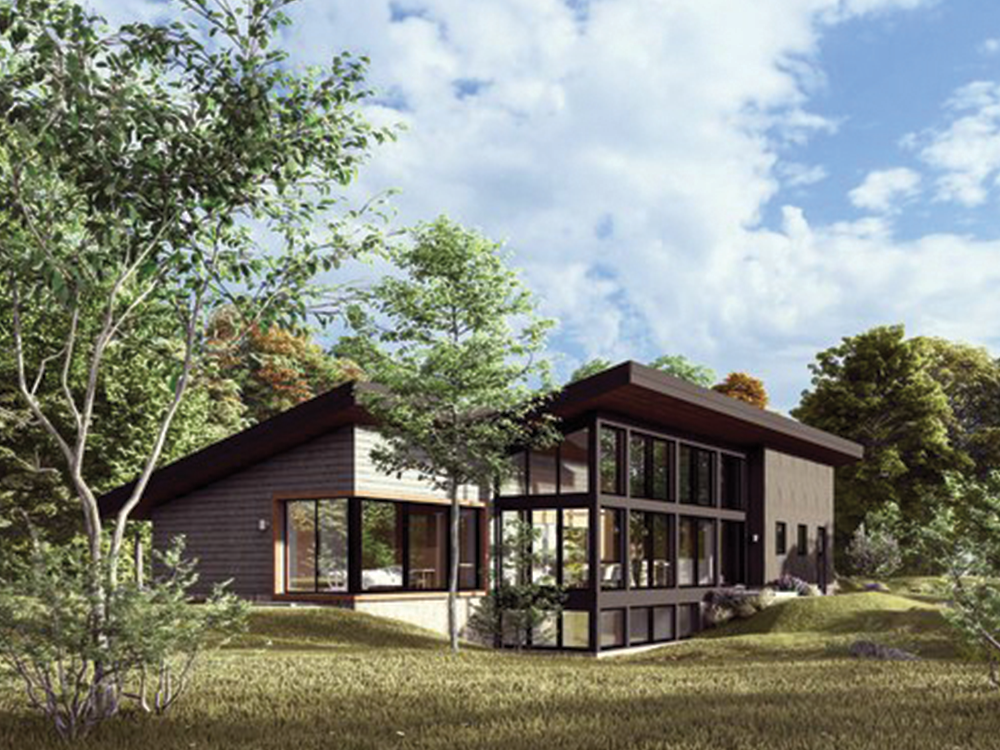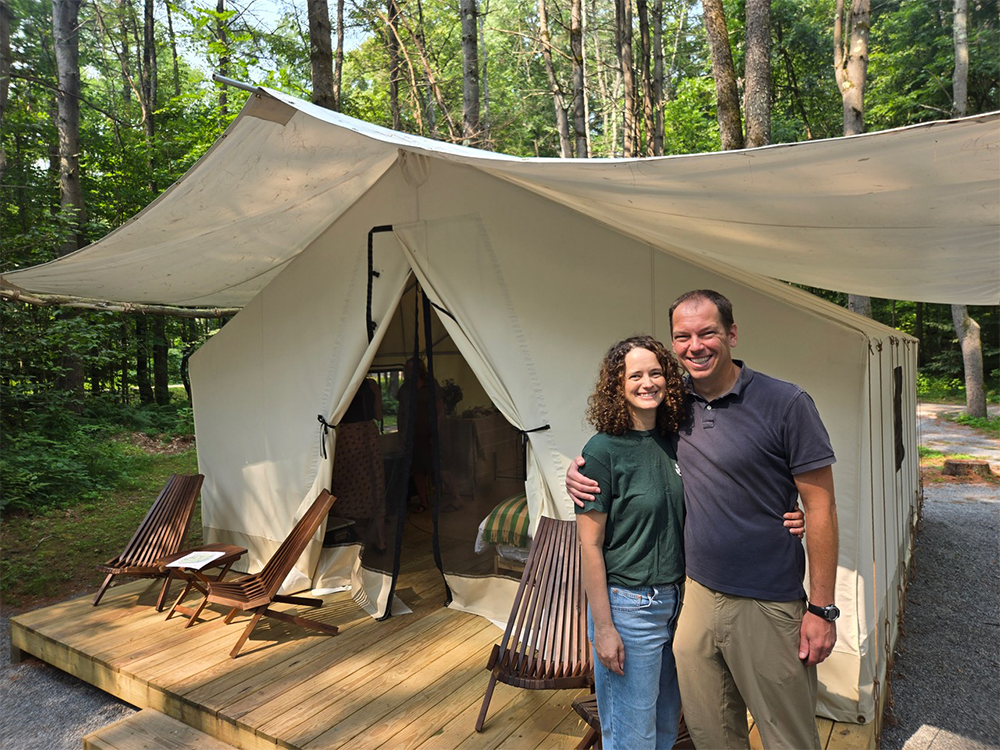
Courtesy of Boylegroup
By Natali Cobb
As we approach six years since the COVID-19 pandemic started, people are starting to notice the long-term impacts, and continuous aftershocks of this historical inflection point. About a year after the world shut down, people began to call this phenomenon “this generation’s 9/11”. Although I was just two years old when our country suffered the aforementioned tragedy on September 11th, I knew exactly what they meant. An event so impactful that history begins to be separated into timelines of ‘pre’ and ‘post’ event. We can draw many similarities between the post-9/11 and post-Covid worlds—heightened awareness of safety, generational rise in anxiety, shifting personal priorities, changes in travel, and cultural and workplace shifts. As a commercial interior designer, that last point is crucial to understand how people need to work and exist in this new world.
Human centric design revolves around just that—human beings. It explores the needs, comforts, and well-being of humans in the built environment, and aims to create spaces that increase productivity, foster connections, and improve health and wellbeing. We as people spend an average of 90% of our time indoors, yet it has only been in recent years that the health of the spaces we exist in has really been considered. We are seeing more and more companies push for employees to return to the office, but are being met with resistance. People have become accustomed to working in their homes, with limited peer interactions except through virtual conferencing platforms like Zoom or Teams. Employees in the post-pandemic world crave comfort and flexibility in their workplace, and they are demanding more from an office than just a desk and wi-fi.
Pre-pandemic offices prioritized efficiency of space over individual needs, but offices lined with cubicles are becoming a thing of the past. Some people thrive in buzz and collaboration, and others require quiet focus, and both can be true in the modern office. Flexibility in employees’ work environments has become critical to productivity—in Gensler’s 2024 Workplace Survey, employees who have a choice in where they work reported 14% higher productivity. This might include spaces like quiet zones, collaboration hubs, social lounges, and wellness rooms. Creating comfort in the workplace boosts creativity, reduces stress, and encourages employees to spend more time in the office.






